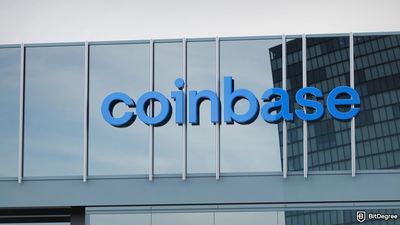On November 11, Tether, the leading stablecoin issuer, rolled out an open-source Wallet Development Kit (WDK), aimed at helping developers and businesses integrate non-custodial wallets into various platforms.
Tether's WDK is described as a flexible toolkit that allows seamless integration of non-custodial wallets, offering compatibility with Tether's USDT
Emphasizing the WDK's adaptability, Tether’s CEO, Paolo Ardoino, noted the toolkit’s focus on scalability, flexibility, and robustness on X. He highlighted that the WDK is optimized for smooth integration across various systems, spanning mobile devices, websites, embedded technology, and even autonomous agents like AI bots and robotic systems.

Did you know?
Want to get smarter & wealthier with crypto?
Subscribe - We publish new crypto explainer videos every week!
What is Decentralized Crypto Gambling? (Animated Explainer)


A primary feature of the WDK is its support for non-custodial wallets, allowing users to retain control over their digital assets independently of third-party custody. In addition to asset control, the WDK offers an intuitive setup, allowing developers to embed wallets with minimal technical overhead.
As of writing, The WDK supports Tether and Bitcoin, with plans to expand it to encompass various UI templates that can suit any non-custodial user experience. This flexible framework means developers can create unique non-custodial experiences, customizing the toolkit to suit specific needs or expanding into innovative applications like AI-driven user interactions.
The launch of Tether's WDK represents a progressive step toward democratizing access to digital asset management. With its open-source approach, Tether aims to cultivate a wider community of developers and businesses building next-generation, decentralized financial tools.
In other news, Bitget Wallet has invested $20 million to support the development of mini-apps on Telegram.





















